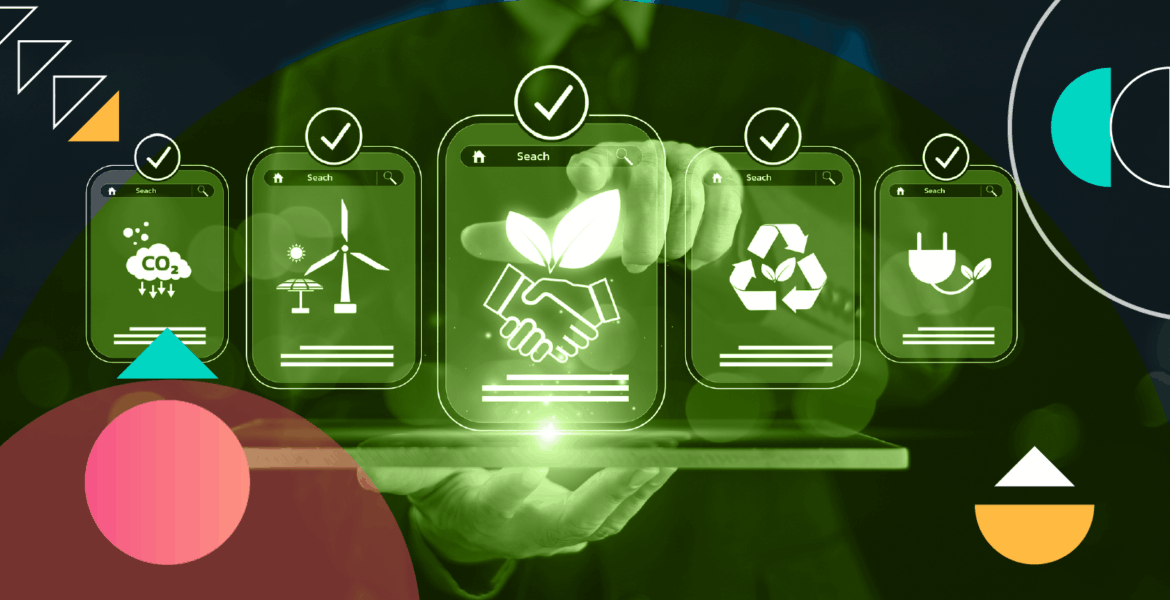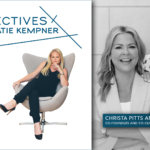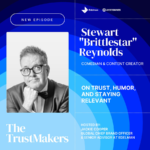By Brendan Norman from Classify
The glow of Cannes has faded, sponsored beach bracelet photos have disappeared from our LinkedIn feeds, and conference attention turns toward the next round of tentpole events. Q3 came in hard and hot. But there’s one idea I hope will stay with us that’s been on my mind.
Return On Sustainable Efficiency, aka ROSÉ.
What started as an impromptu joke while drinking the iconic official beverage of Cannes could finally bring together sustainability and business outcomes in one metric. And if not, at least it gets people thinking about how to find something better.
The Corporate Sustainability Disconnect
While most reasonable people don’t want to destroy our planet, corporate fiduciary duties often overshadow sustainable choices. Decision-makers lack good data on how business decisions impact carbon emissions, often prioritizing short-term profits over sustainability due to a historical lack of data connecting these objectives.
“More and more consumers are actively seeking sustainable products – and at the same time, adopting more sustainable media practices is delivering proven business benefits. Whether through increased revenue or improved efficiency, sustainability is becoming a powerful driver of value.” – Jean-Marc Papin, SVP, Media Technology at Horizon Media
Today, carbon emissions accounting platforms provide company-wide Scope 1, 2, and 3 tracking, but they’re often purchased as a “nice to have” by progressive leaders rather than shrewd business people making financial decisions.
Consider fleet management software in shipping, for example. At scale, even modest optimizations in route planning, driving schedules, and higher-MPG vehicles reduce carbon emissions while saving companies significant capital. Efficiency clearly drives measurable sustainability.
The Programmatic Paradox
However, programmatic advertising was designed to automate digital advertising and maximize revenues through increased competition. And while it does increase revenues, adtech was quickly flooded with specialized products that made the industry move – all created the need for Supply Path Optimization (SPO).
When a media buyer launches a campaign, it’s nearly impossible to measure all the disparate systems working together that influence outcomes.
Here’s the kicker: Research shows that digital marketing now produces more carbon emissions than aviation. Data centers, which power everything from websites to social media and digital ads, account for 2.5% of global CO2 emissions – more than the entire aviation industry at 2.1%. And as the internet grows, so does its footprint. This scale is directly tied to device growth, engagement, and the $1 trillion digital advertising industry’s effectiveness in driving sales and brand awareness.
Without tools to help us understand why decreasing carbon emissions directly relates to decreasing wasted ad spend, we’ll continue this upward trajectory.
Enter ROSÉ
ROSÉ combines the familiar Return On Ad Spend (ROAS) directly with Sustainability and Efficiency (like SPO).
Current audience-based, behavioral, and retargeting strategies rely on probabilistic signals, following people around the internet serving non-relevant ads, hoping they’ll eventually click. It’s widely known that relevant ads convert better because the person is in the optimal frame of mind to engage.
Think about it: every irrelevant ad impression burns energy across data centers, networks, and devices. Every wasted impression is wasted carbon. Every more efficient targeting method reduces both waste and emissions.
ROSÉ provides a framework to measure campaigns that deliver business results while minimizing environmental impact. It gives CFOs and CMOs a single metric that serves both bottom line and ESG goals.
The Real Point: Starting the Conversation
To be clear, ROSÉ isn’t meant to become the next standard industry metric that sits alongside CTR or CPM in your campaign dashboards. That was never the intention. Instead, this cheeky acronym serves as an attention-grabbing conversation starter – a way to get the industry talking about something that desperately needs discussion: how do we align business outcomes with sustainability and efficiency? The goal isn’t to bring ROSÉ to market as the definitive solution, but to use it as an anchor point that forces us to think more seriously about finding better ways to measure and optimize for both profitability and environmental responsibility. Sometimes the most important metrics are the ones that make us question what we should be measuring in the first place.
The Path Forward
With improved carbon emissions accounting, updated metrics like ROSÉ, and new tools powered by green energy data centers, we can immediately slow down – and hopefully reverse – our industry’s harmful environmental effects.
The beauty of ROSÉ isn’t just environmental virtue signaling. It’s about recognizing that sustainable advertising is often more profitable advertising. When we stop chasing people around the internet with irrelevant ads and start serving contextually relevant messages, we improve conversion rates while reducing carbon footprint.
It’s efficiency and sustainability working together, not in opposition.
With fall around the corner, who’s looking forward to the latest curation metric Premium Supply Lift, aka PSL? Someone should really take this keyboard away from me…











